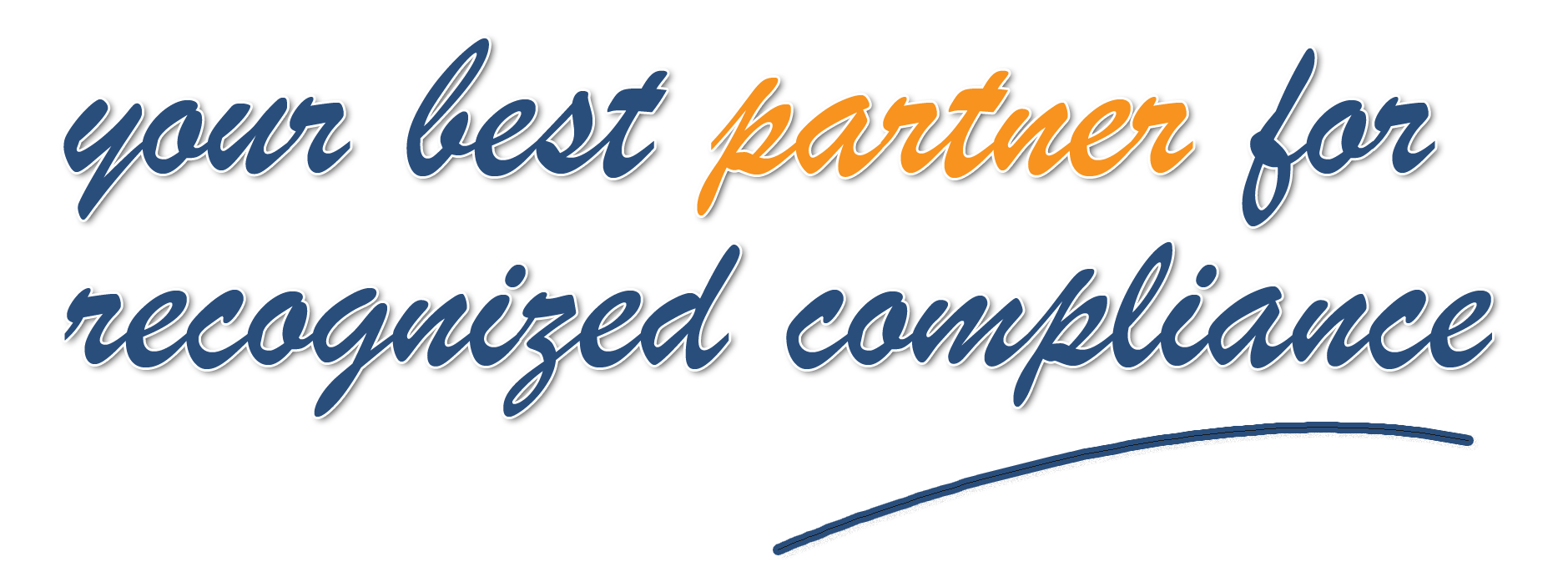Histamine-Melamines and Dyes Sudans
Contaminants are substances that have not been intentionally added to food. Various substances can enter food at all stages of the food chain, from primary production to distribution, including processing, handling and storage. Contaminants can also come from the environment. (Codex Alimentarius)
These contaminants can be intentional and therefore cause adulteration, such as maternal milk adulterated by the fraudulent incorporation of melamine.
In addition, contamination may be due to an intrinsic denaturation of the product, the case of histamine in fish.
However, the presence of these substances in foods must be strictly controlled in order to avoid any contamination affecting their quality or rendering them harmful. (Codex Alimentarius)
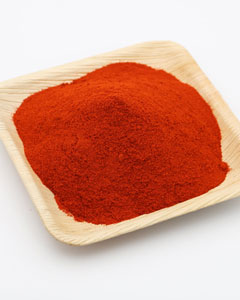
Our experiences - Our skills
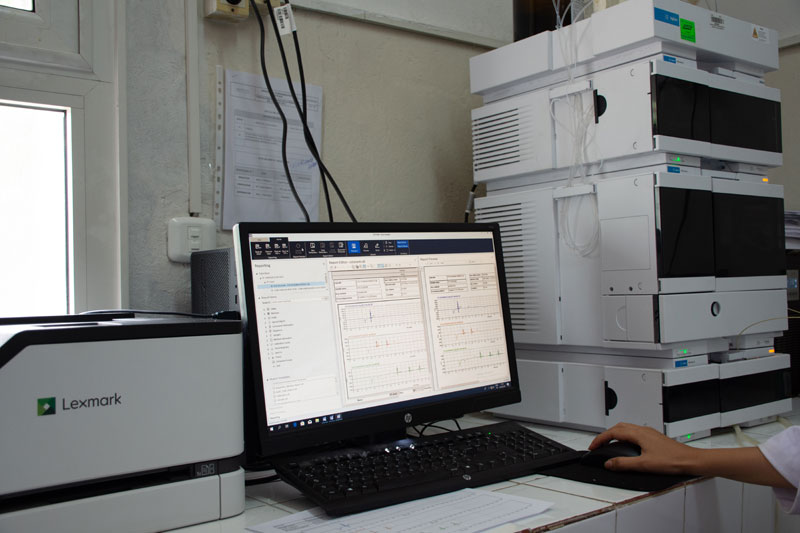
- Experience of more than 30 years
- Participation in the various FAPAS (Histamine) and BIPEA inter-laboratory circuits since 2018
- Contribution, as an active member, to the review, adoption and creation of analytical standards and specifications
- Regular monitoring of the quality of physico-chemical analyzes using several tools (MRC, MRE, duplicate tests, spiked samples, etc.).
Type of Products:
- Canned sardines, tuna and anchovies
- Processed fish (chilled, frozen, smoked, etc.)
- Sausages and charcuterie
- Chilli and Harissa and chilli products
- Infant milk
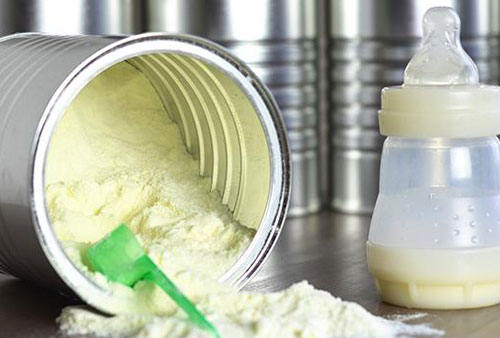
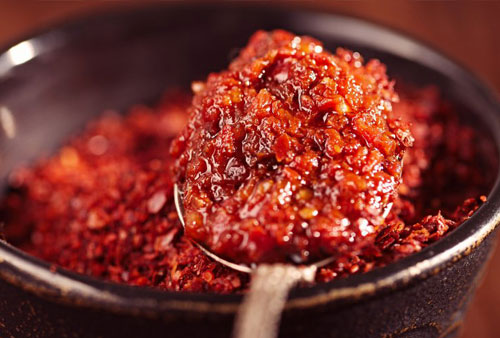
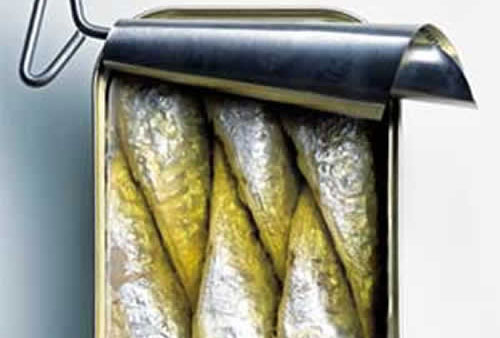
Type of Analysis:
- Histamine
- Melamine
- Sudan dyes
(Sudan I ; Sudan II ; Sudan III ; Sudan IV ; Sudan oranger ; Sudan red 7B)
Our skills
- TUNAC Accreditation
- Accreditation number: 1-0002
- Scope of accreditation: Technical appendix ortunac.tn
- Intercomparison trials: FAPAS-BIPEA



